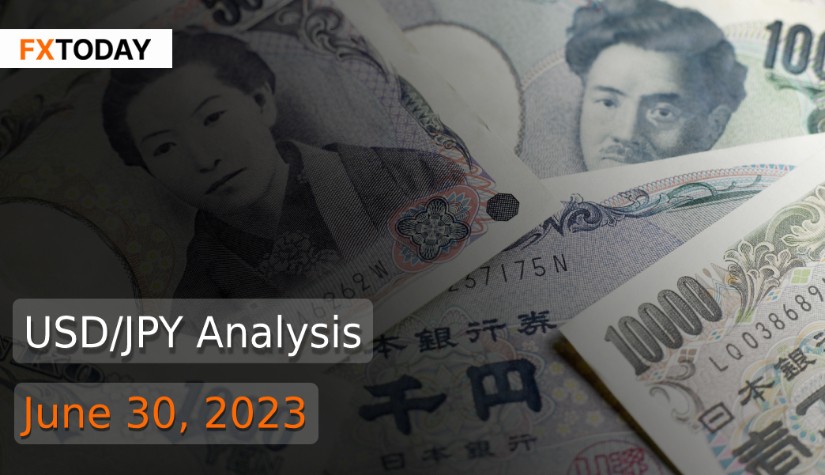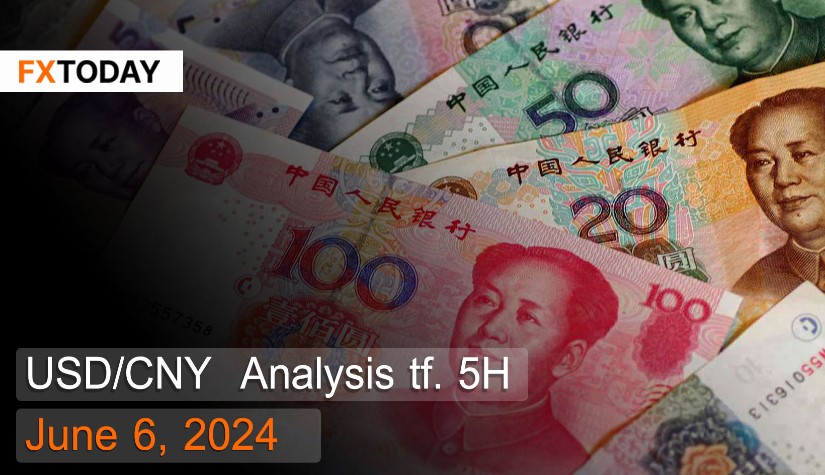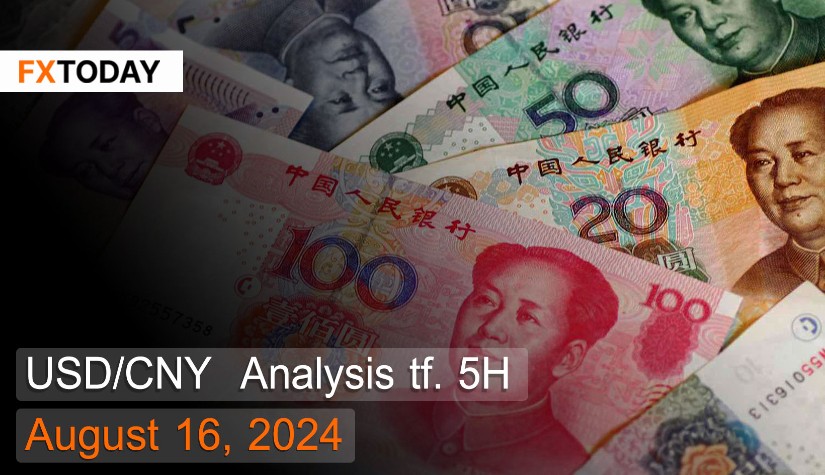Yen decline sparks speculation of BOJ intervention
Consumer price index inflation in Tokyo grew slightly less than anticipated in June. The increase was primarily mitigated by smaller rises in food and fuel prices. In contrast, core consumer prices in Tokyo, which excludes volatile fresh food prices, rose by 3.2% compared to the previous year, surpassing the central bank's 2% target for the 13th consecutive month. The data revealed a broadening inflationary pressure.
High import prices, influenced partly by the weakened yen, have contributed to inflation over the past year. Although government subsidies on electricity prices helped alleviate overall inflationary pressures, they had a limited impact. Consequently, the expectation is that persistent inflation will eventually lead the BOJ to tighten its ultra-loose monetary policy and phase out its massive stimulus program this year, despite its current insistence on maintaining it in the near term.
The jobless rate in Japan remained unchanged at 2.6% in May compared to the previous month. Additional data indicated that factory output in Japan fell more than anticipated in May, highlighting risks for the export-driven economy due to aggressive U.S. interest rate hikes and sluggish Chinese growth, which cloud the outlook for global demand.
Japanese officials, including the finance minister, have issued warnings about the weakening yen and indicated that appropriate measures will be taken if the currency's movements become excessive. These warnings come as Japanese authorities face pressure to counter the continued decline of the yen, driven by market expectations that the Bank of Japan will maintain ultra-low interest rates while other central banks tighten monetary policy to control inflation. The weaker currency poses challenges for Japan as it raises import costs for the resource-poor nation, potentially harming people's livelihoods and reducing their purchasing power.
In contrast, the U.S. dollar has been strengthening against the Japanese yen, reaching a 7-1/2 month high a third consecutive day. This trend is influenced by the diverging policy plans of the U.S. and Japanese central banks, with expectations that they will continue to pursue opposite monetary paths. Investors are closely monitoring whether the Bank of Japan will intervene in the currency again.
Meanwhile, the U.S. dollar index rose to a two-week high following positive economic data indicating a robust labor market. Weekly initial jobless claims experienced a significant drop, marking the largest decrease in 20 months. Additionally, the Commerce Department revised its estimate for first-quarter gross domestic product (GDP) growth to 2%, up from the previously reported 1.3% in May and higher than the previous estimate of 1.4%.
Federal Reserve Chair Jerome Powell, speaking at an event held by the Spanish central bank, suggested that the central bank is likely to resume its path of raising interest rates after a recent pause. However, Powell also mentioned that he does not foresee inflation reaching the Fed's 2% target until at least 2025. Market expectations for a 25 basis-point rate hike by the Fed at its July meeting have increased to 86.8% from 81.8% in the previous session, while the possibility of a rate cut this year has been completely ruled out.
Data for Technical Analysis (5H) CFD USD/JPY
Resistance : 144.86, 144.90, 144.96
Support : 144.74, 144.70, 144.64
5H Outlook
Source: Investing.com
Buy/Long 1 If the support at the price range 144.64 – 144.74 is touched, but the support at 144.74 cannot be broken, the TP may be set around 144.86 and the SL around 144.56, or up to the risk appetite.
Buy/Long 2 If the resistance can be broken at the price range of 144.86 – 144.96, TP may be set around 145.00 and SL around 144.69, or up to the risk appetite.
Sell/Short 1 If the resistance at the price range 144.86 – 144.96 is touched, but the resistance at 144.86 cannot be broken, the TP may be set around 144.70 and the SL around 145.04, or up to the risk appetite.
Sell/Short 2 If the support can be broken at the price range of 144.64 – 144.74, TP may be set around 144.53 and SL around 144.91, or up to the risk appetite.
Pivot Points Jun 30, 2023 02:25AM GMT
| Name | S3 | S2 | S1 | Pivot Points | R1 | R2 | R3 |
|---|---|---|---|---|---|---|---|
| Classic | 144.53 | 144.64 | 144.70 | 144.80 | 144.86 | 144.96 | 145.02 |
| Fibonacci | 144.64 | 144.70 | 144.74 | 144.80 | 144.86 | 144.90 | 144.96 |
| Camarilla | 144.71 | 144.72 | 144.74 | 144.80 | 144.77 | 144.79 | 144.80 |
| Woodie's | 144.51 | 144.63 | 144.68 | 144.79 | 144.84 | 144.95 | 145.00 |
| DeMark's | - | - | 144.67 | 144.78 | 144.83 | - | - |
Sources: Investing 1, Investing 2
Maximize your knowledge: Blog
















